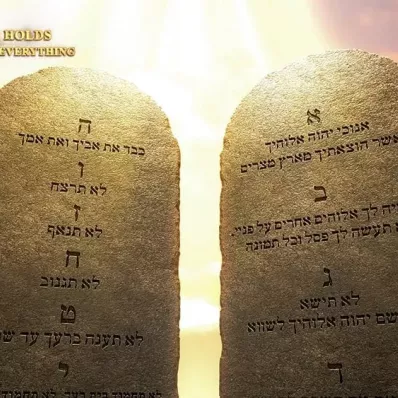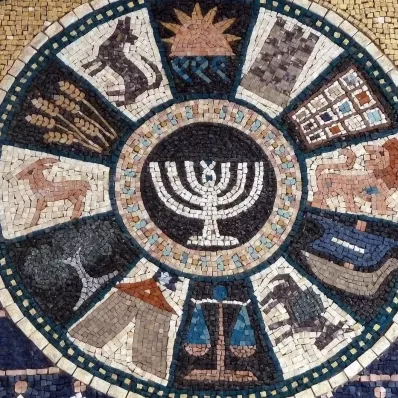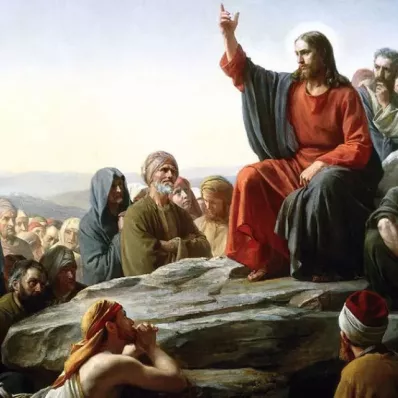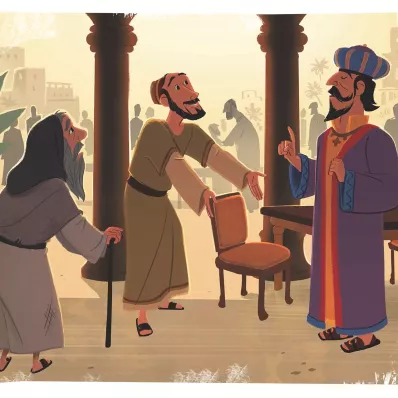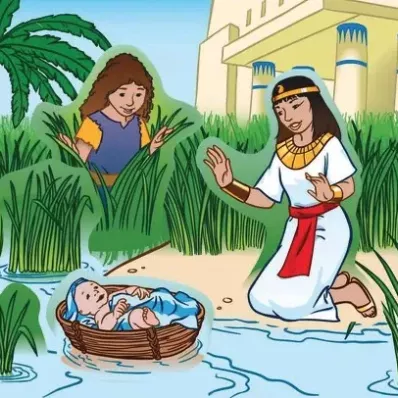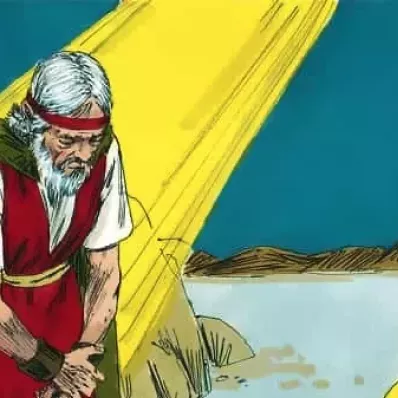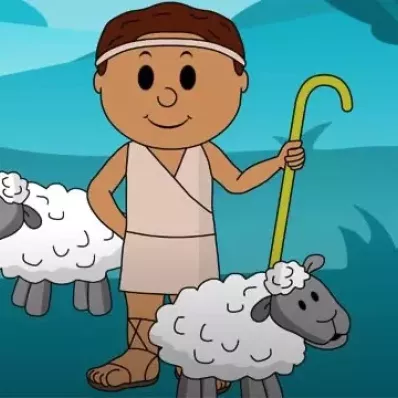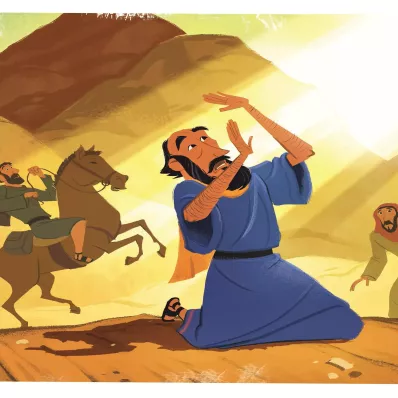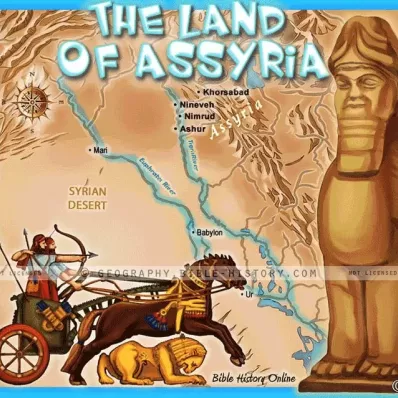Canaanites
the descendants of Canaan, the son of Ham. Migrating from their
original home, they seem to have reached the Persian Gulf, and
to have there sojourned for some time. They thence "spread to
the west, across the mountain chain of Lebanon to the very edge
of the Mediterranean Sea, occupying all the land which later
became Israel, also to the north-west as far as the mountain
chain of Taurus. This group was very numerous, and broken up
into a great many peoples, as we can judge from the list of
nations (Gen. 10), the 'sons of Canaan.'" Six different tribes
are mentioned in Ex. 3:8, 17; 23:23; 33:2; 34:11. In Ex. 13:5
the "Perizzites" are omitted. The "Girgashites" are mentioned in
addition to the foregoing in Deut. 7:1; Josh. 3:10.
The "Canaanites," as distinguished from the Amalekites, the
Anakim, and the Rephaim, were "dwellers in the lowlands" (Num.
13:29), the great plains and valleys, the richest and most
important parts of Israel. Tyre and Sidon, their famous
cities, were the centres of great commercial activity; and hence
the name "Canaanite" came to signify a "trader" or "merchant"
(Job 41:6; Prov. 31:24, lit. "Canaanites;" compare Zeph. 1:11;
Ezek. 17:4). The name "Canaanite" is also sometimes used to
designate the non-Israelite inhabitants of the land in general
(Gen. 12:6; Num. 21:3; Judg. 1:10).
The Israelites, when they were led to the Promised Land, were
commanded utterly to destroy the descendants of Canaan then
possessing it (Ex. 23:23; Num. 33:52, 53; Deut. 20:16, 17). This
was to be done "by little and little," lest the beasts of the
field should increase (Ex. 23:29; Deut. 7:22, 23). The history
of these wars of conquest is given in the Book of Joshua. The
extermination of these tribes, however, was never fully carried
out. Jerusalem was not taken till the time of David (2 Sam. 5:6,
7). In the days of Solomon bond-service was exacted from the
fragments of the tribes still remaining in the land (1 Kings
9:20, 21). Even after the return from captivity survivors of
five of the Canaanite tribes were still found in the land.
In the Tell-el-Amarna tablets Canaan is found under the forms
of Kinakhna and Kinakhkhi. Under the name of Kanana the
Canaanites appear on Egyptian monuments, wearing a coat of mail
and helmet, and distinguished by the use of spear and javelin
and the battle-axe. They were called Phoenicians by the Greeks
and Poeni by the Romans. By race the Canaanites were Semitic.
They were famous as merchants and seamen, as well as for their
artistic skill. The chief object of their worship was the
sun-god, who was addressed by the general name of Baal, "lord."
Each locality had its special Baal, and the various local Baals
were summed up under the name of Baalim, "lords."



